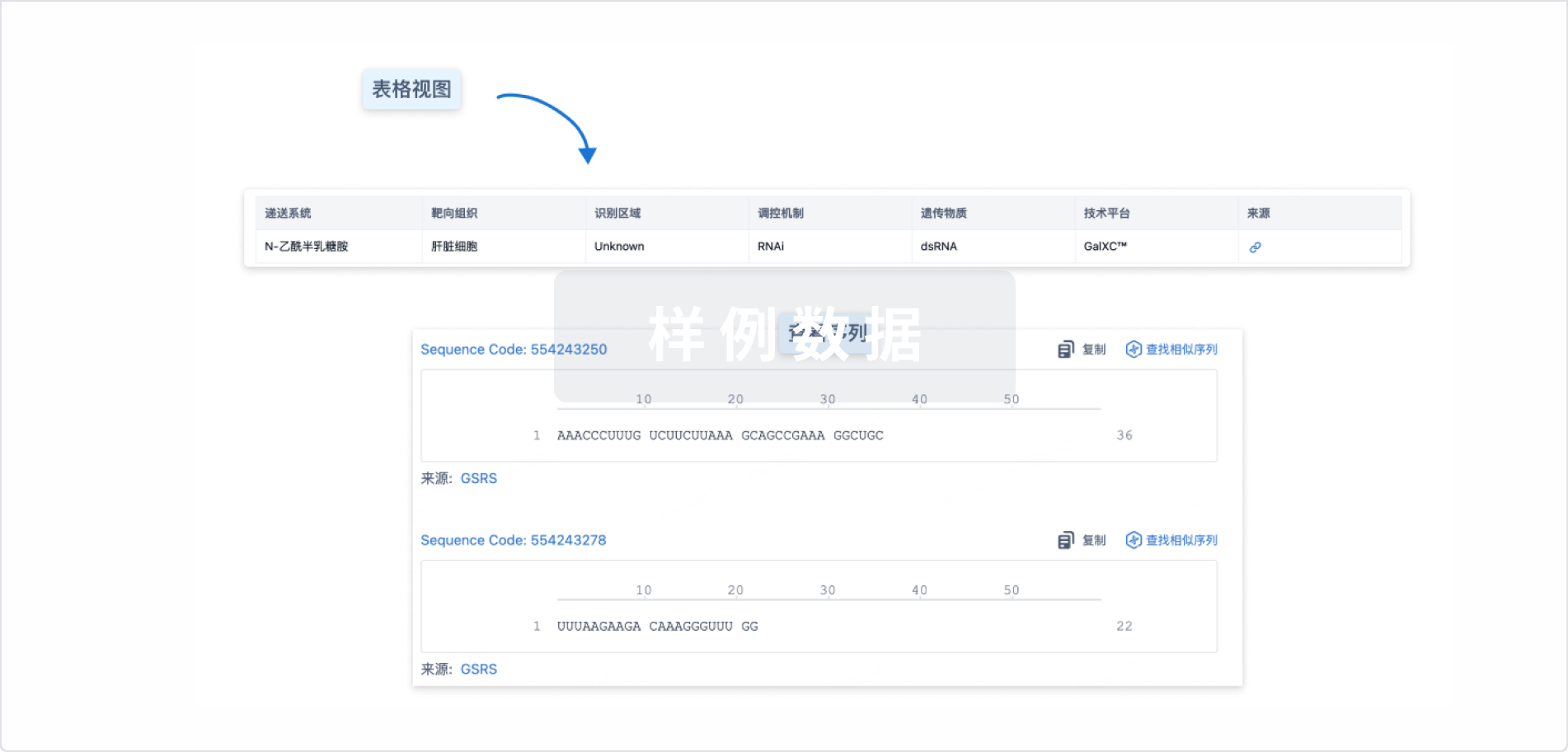Prostaglandin D(2) (PGD(2)) is one of a family of biologically active lipids derived from arachidonic acid via the action of COX-1 and COX-2. PGD(2) is released from mast cells and binds primarily to two G protein-coupled receptors, namely DP1 and DP2, the latter also known as chemoattractant receptor-homologous molecule expressed on Th2 cells. DP2 is predominantly expressed on eosinophils, Th2 cells, and basophils, but it is also expressed to a lesser extent on monocytes, mast cells, and epithelial cells. Interaction of PGD(2) and its active metabolites with DP2 results in cellular chemotaxis, degranulation, up-regulation of adhesion molecules, and cytokine production. Chronic obstructive pulmonary disease (COPD) is a chronic progressive inflammatory disease characterized by elevated lung neutrophils, macrophages, and CD8+ T lymphocytes and mucus hypersecretion. Cigarette smoke contributes to the etiology of COPD and was used here as a provoking agent in a murine model of COPD. In an acute model, {2'-[(cyclopropanecarbonyl-ethyl-amino)-methyl]-6-methoxy-4'-trifluoro-methyl-biphenyl-3-yl}-acetic acid, sodium salt (AM156) and (5-{2-[(benzoyloxycarbonyl-ethyl-amino)-methyl]-4-trifluoromethyl-phenyl}-pyridin-3-yl)-acetic acid, sodium salt) (AM206), potent DP2 receptor antagonists, dose-dependently inhibited influx of neutrophils and lymphocytes to smoke-exposed airways. In a subchronic model, AM156 and AM206 inhibited neutrophil and lymphocyte trafficking to the airways. Furthermore, AM156 and AM206 treatment inhibited mucus cell metaplasia and prevented the thickening of the airway epithelial layer induced by cigarette smoke. These data suggest that DP2 receptor antagonism may represent a novel therapy for COPD or other conditions characterized by neutrophil influx, mucus hypersecretion, and airway remodeling.








